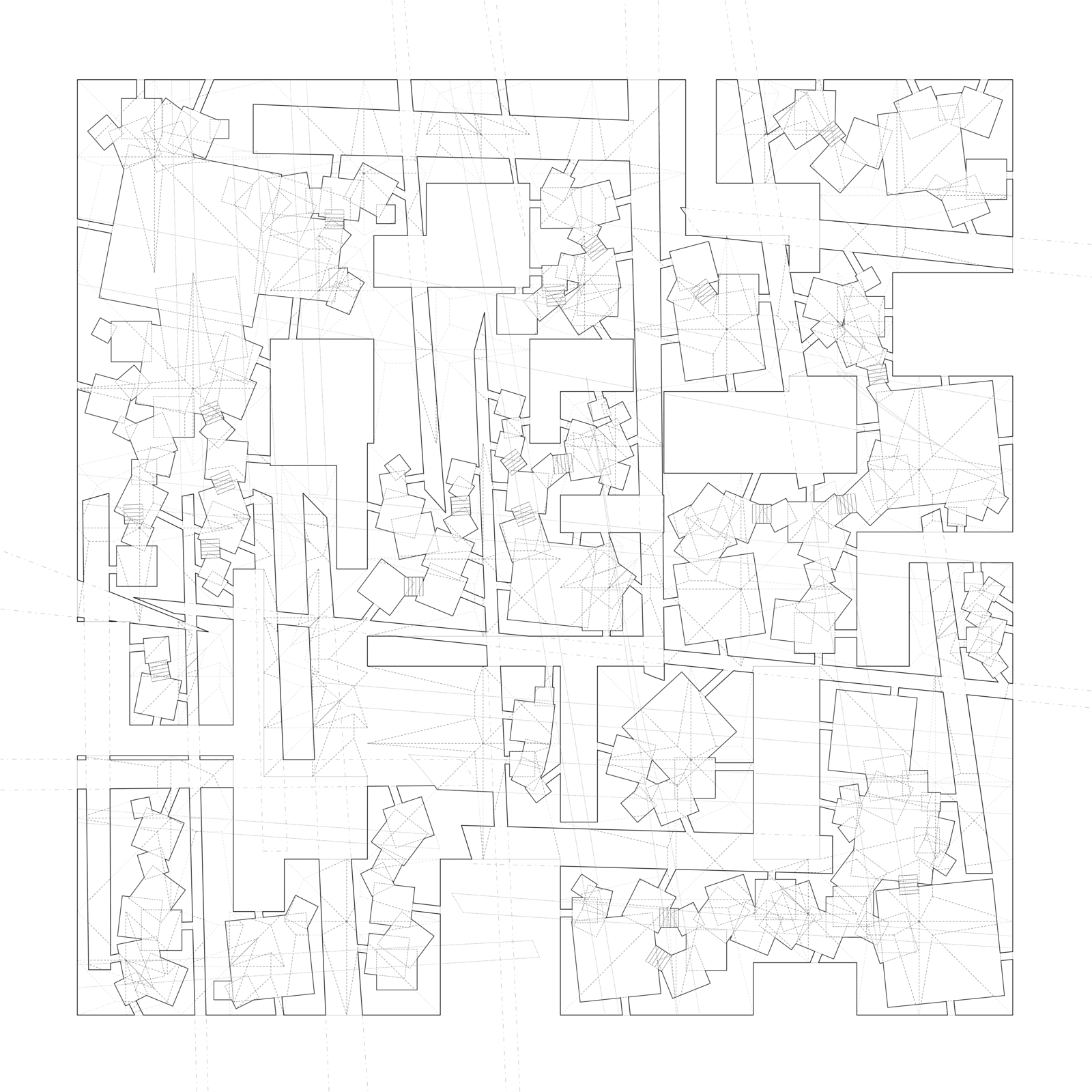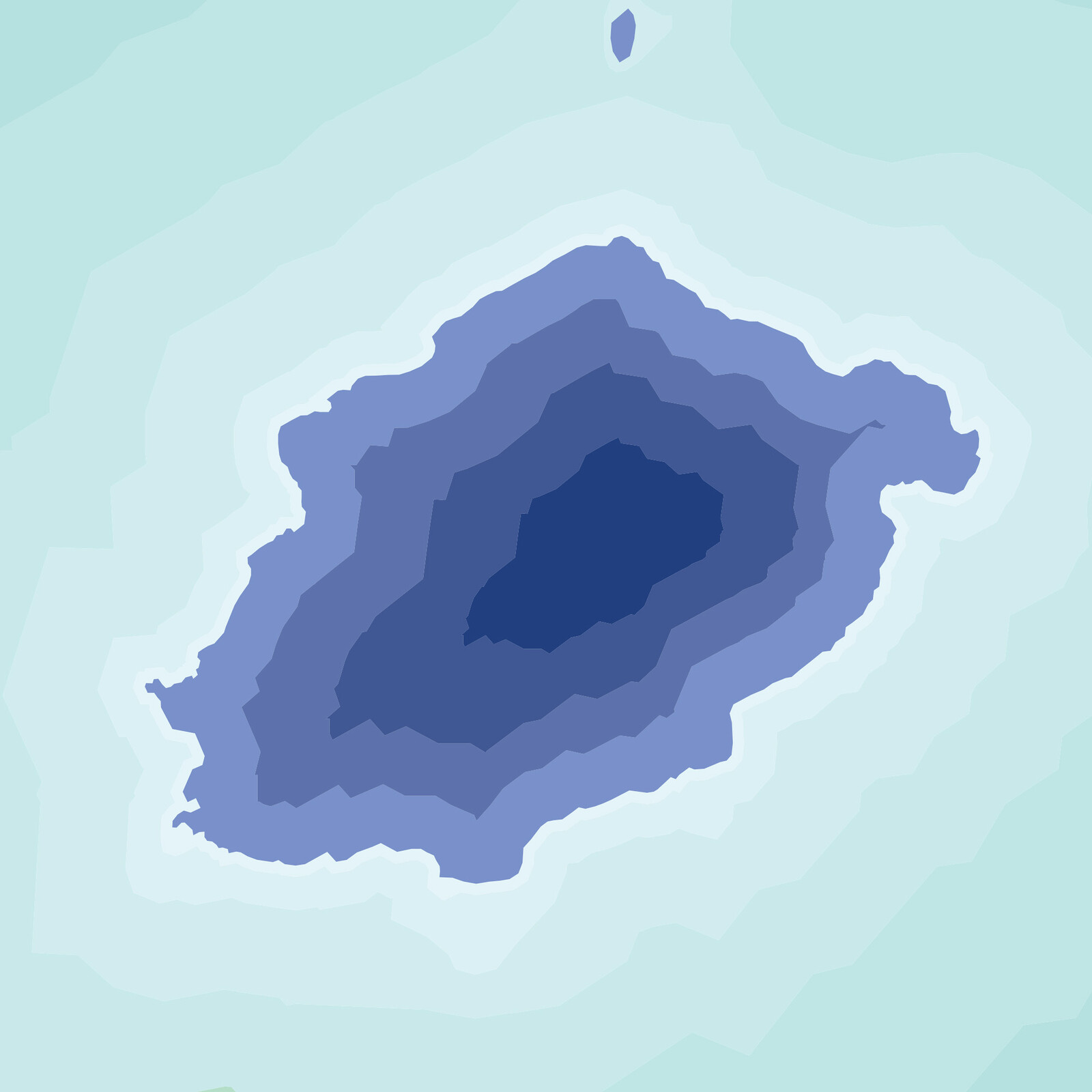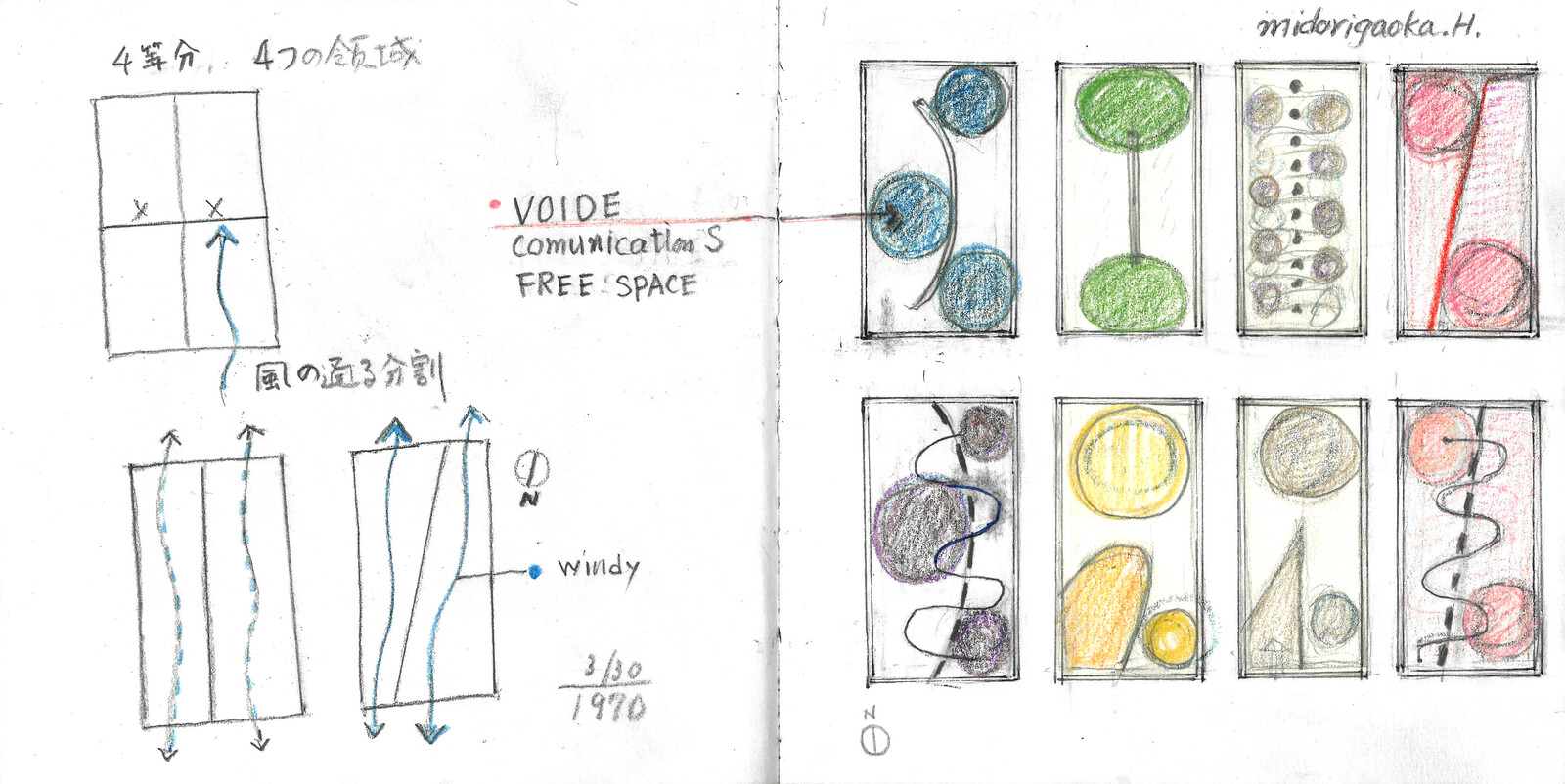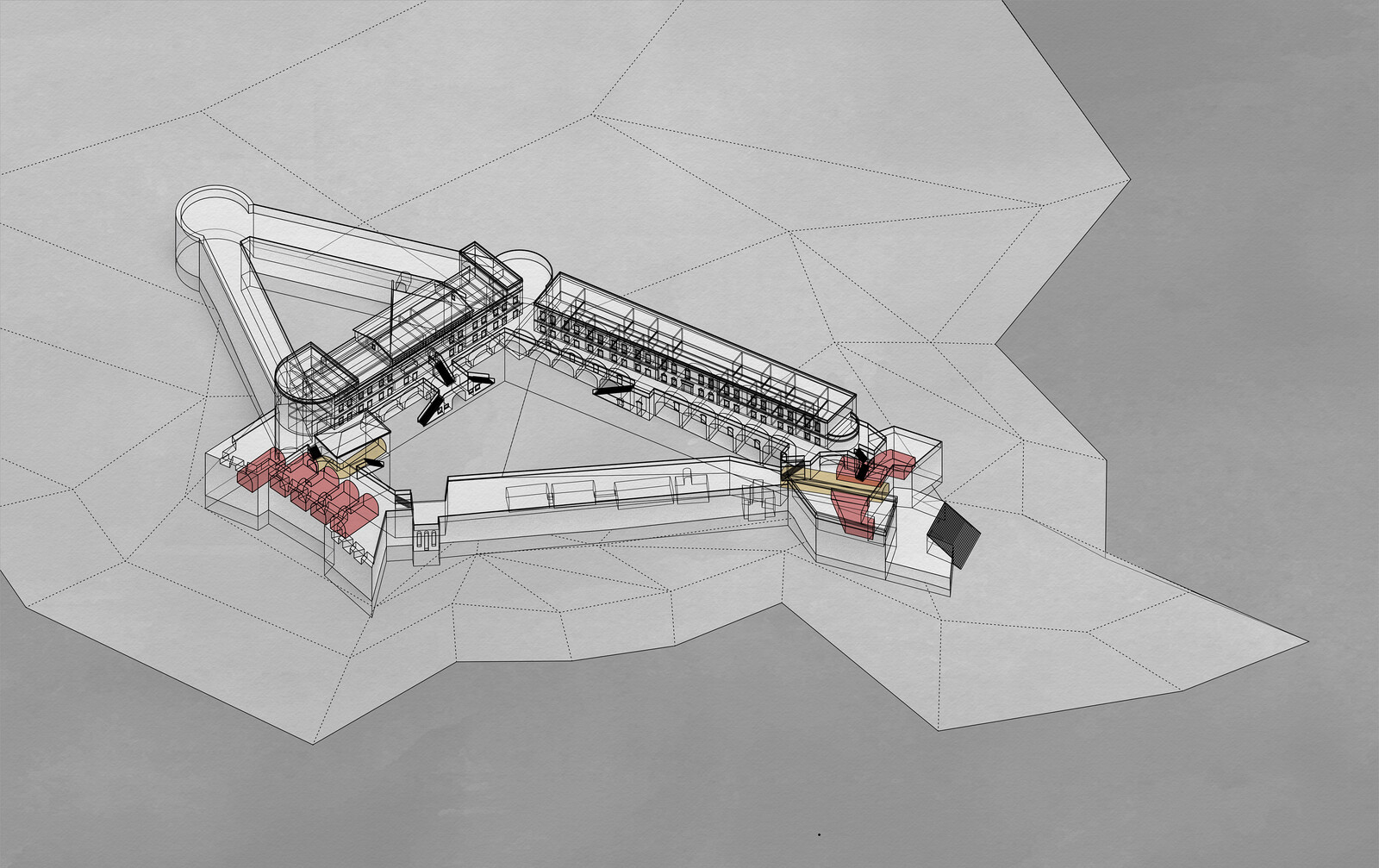Nick Axel How has Forensic Architecture’s work with witnesses evolved over the years?
Eyal Weizman In our first experiments, we were inspired by Harun Farocki’s work such as Serious Games (2009–2010) to take witnesses through a set of immersive experiences, back through the “scene of the crime,” so to speak. This was an attempt to open up, even critique, the over-reliance on both the spoken word and text within what came to be called “the era of the witness.” We wanted to show that communication is also based on gesture, on movement, and on mental-spatial navigation. When we reflected on a number of our experiments with forensic psychologists, we learnt of an important distinction. Memory always shifts between what psychologists call egocentric and allocentric perspectives. An egocentric perspective is a situated view—you remember a scene as you experienced it at eye level—while allocentric perspective allows you to see yourself from the outside—your relation to other things that are behind you or around corners.


Forensic Architecture, Torture In Saydnaya Prison, 2016, film still.
NA How does the experience of trauma relate to these different types of perspective?
EW Trauma is a moment where those two perspectives, the egocentric and the allocentric, diverge or collide. Part of trauma therapy is about allowing victims to navigate between the egocentric and the allocentric: the reconstruction of their experience—what they saw, what they heard, what they smelled, what they felt—and an understanding of the spaces and the actors that conditioned it. It allows them to gain a more comprehensive understanding of what happened.
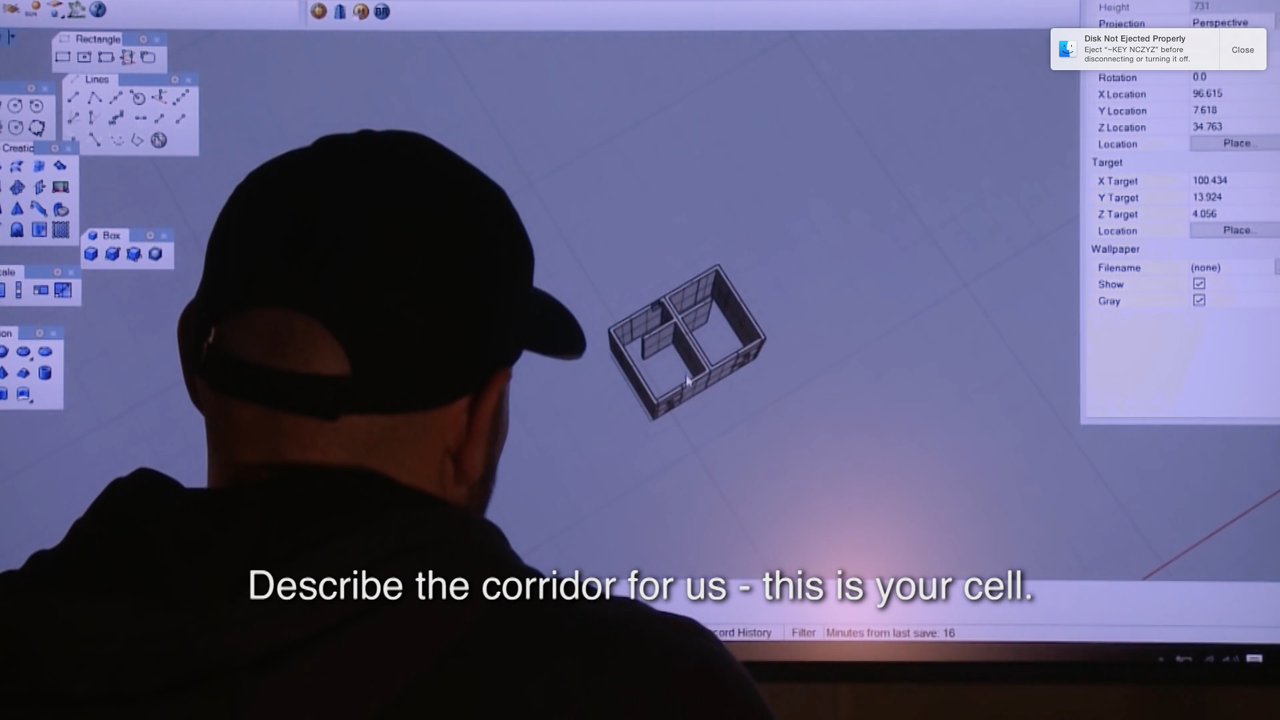
Forensic Architecture, Torture In Saydnaya Prison, 2016, film still.

Forensic Architecture, Torture In Saydnaya Prison, 2016, film still.

Forensic Architecture, Torture In Saydnaya Prison, 2016, film still.
Forensic Architecture, Torture In Saydnaya Prison, 2016, film still.
NA In a number of your cases, the way victims were able to express their testimonies is not through words, but with a pen. What is it like to work with people who have gone through such traumatic experiences, and what role does drawing have in your ability to elucidate their experiences?
EW Trauma often causes an understanding of a particular situated experience to be lost. This means that as the interviewer, in the early stages of an interview, you need to be tuned both to understanding the descriptions you are being told and also to the potential errors within it. Errors are information in their own right. In one of the interviews we undertook in relation to the Saydnaya project, a witness that was beaten in a straight corridor remembered it to have been a spherical space, with all the cells looking at them. This difference in memory allows us to understand something about the experience of total incarceration. It’s a paradox, but errors confirm, to a certain extent, the fact of an intense experience. The more intense the experience has been, the more frequent memory errors are. An error is sometimes more truthful than a faithful cartesian description.


Forensic Architecture, Torture In Saydnaya Prison, 2016, film still.
NA How can you tell what is an error and what isn’t?
EW In some situations we know because of other sources of information, such as other testimonies, photographs of the space, or videos of the incident, but in others we don’t. In these cases, we need to constitute a relation between an egocentric perspective and an allocentric map of the environment. In order to do this, we often start our interviews with a plan, with an allocentric view, and ask the witness, “What was your understanding at the time of how the scene was laid out?” In a sketch, or a series of sketches, the witness is asked to locate themselves in relation to objects, spaces, and actors. Then, working slowly together with the witness, we extrude the plan, which allows the eye level to be lowered, and for an egocentric perspective to be taken. Dimensions don’t need to be exact, because the witness already has that space in their memories. Then there’s a circular process of negotiation in which memory incrementally starts building, detailing, refining the space, and at the same time, the space starts elucidating the memory. This is a crucial moment and its very volatile. It has much potential, but also involves great risks. We do not want to create secondary memories; we don’t want the memory of the reenactment to become mixed with and distort the original memory. But in this process, in this constant search for memory, things slowly get aligned.


Forensic Architecture, Torture In Saydnaya Prison, 2016, film still.
NA Do you think this leads to a new understanding of architecture, or of space?
EW As an architect, we often draw the outline or the contour of buildings, then we divide them internally; we work from the outside-in. The process of incarceration makes one experience and measure architecture from the inside-out. I remember former prisoners speaking about the actual pattern of stones within a terrazzo tile. From there they were able to determine the dimension of this floor tile, and from the floor tile, by counting how many there are, the size of the cell. Then, they may try to understand how many cells there are in a corridor by the measuring the distance of shouts, the footsteps they hear, or echoes. Once you start drawing the plan from the inside-out, you never really stop. You certainly don’t stop at the edge of the building. You start thinking, how far away are you from where you were arrested, or from your family? How far are you from a border, and in case of a war, from the forces that may come to liberate you? You build the world around the detail you experience, and this allows you to position yourself within that world and orient yourself.


Forensic Architecture, Torture In Saydnaya Prison, 2016, film still.
NA These models that you build are much more than just an architectural model. How do you, or how do the people you make them with, understand them?
EW Many of the people we speak with carry trauma with them. The models we’ve built with these witnesses, from their memories, allow them often to externalize what is otherwise and sometimes inaccessibly in their heads. They can see themselves. They can study the building as if from the outside. The models allow people to say “now that you have created this model, I can start to forget.”
Confinement is a collaborative exhibition curated by gta exhibitions and e-flux Architecture, supported by the Adrian Weiss Stiftung and the ETH Zürich Foundation.









